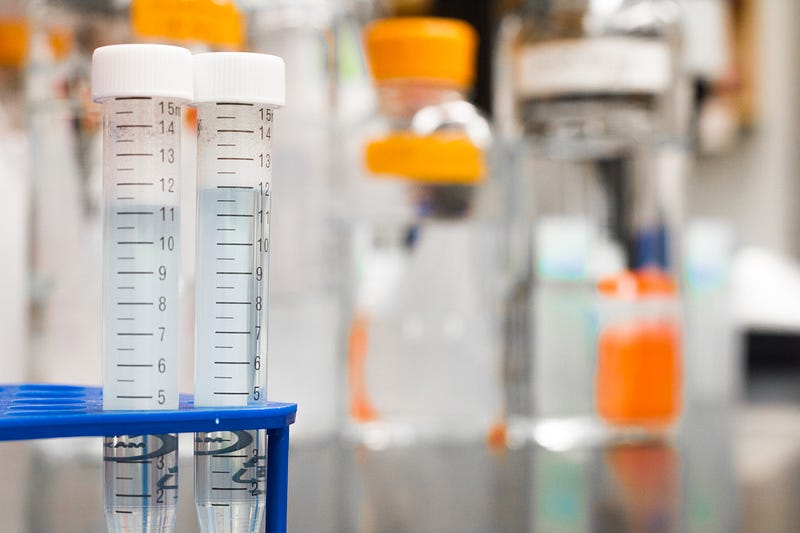Navigating School Reopenings: A Cautionary Perspective
Written on
Introduction to the Dilemma
This upcoming fall, a significant number of school-aged children will unknowingly take part in a vast government health study, the largest of its kind in U.S. history.
Recent weeks have seen extensive media coverage about the complexities surrounding school reopenings, a topic that understandably garners much attention.
With over 56 million children in grades 1 through 12, many of whom have been confined at home since the spring lockdown, the stakes couldn't be higher. While states have been cautiously reopening their economies during the summer, the lack of proactive planning for the simultaneous return of a considerable portion of the population to schools is concerning.
What could the consequences be of sending children back to classrooms? The truth is, no one can say for certain.
The forthcoming school year is approaching quickly, and parents cannot remain in limbo for answers. After reviewing the limited information available, my partner and I fear that resuming in-person classes could lead to public health calamities.
The impact of COVID-19 on children as schools reopen can be examined through three critical lenses: Infection Rate, Severity of Infection, and Transmission Rate.
Infection Rate
It is widely reported that the rate of COVID-19 infections among children is significantly lower than that of adults. However, this data comes with caveats. According to the CDC, as of April 2, 2020, out of 149,760 laboratory-confirmed COVID-19 cases, only 2,572 (or 1.7%) were in individuals under 18.
While this statistic may appear straightforward, it raises questions. This data was collected during a time of intense restrictions, with schools largely closed.
To gain a clearer picture, we can look at findings from Vox, which highlighted that children under 18 accounted for only 2% of cases in the U.S., even though they represent 22% of the population. Studies conducted in various countries, including Italy and South Korea, have shown similar trends, suggesting that children's infection rates may be lower than expected.
However, it's crucial to note that these findings stem from a specific time frame and limited testing on children, particularly as schools were closed.
Severity of Infection
Another commonly cited statistic is that children typically experience less severe symptoms than adults, particularly older individuals. An analysis of over 550 confirmed child cases from several countries revealed that only a small percentage had severe or critical symptoms.
Assuming 56 million children return to school and 5% become infected, that translates to approximately 2.8 million children. If we consider a hospitalization rate of 5% and an ICU admission rate of 0.6%, we could see around 140,000 hospitalizations and nearly 16,800 in intensive care. This surge could occur as schools reopen simultaneously across the nation, coinciding with the onset of flu season and a potential increase in COVID-19 cases.
Transmission Rate
The most significant gap in our knowledge lies in the transmission rates among children. Current data is insufficient to draw definitive conclusions. A study from China identified pediatric cases as the source in some household transmission clusters, but the overall impact of children on disease spread remains unclear.
The lack of comprehensive testing and the varied conditions under which data was gathered complicate our understanding of how children might transmit the virus.
Conclusion: The Cost of Data Collection
Conclusive data on children's infection and transmission dynamics is scarce. Experts express the need for better understanding, but conducting research with children returning to school raises ethical concerns. As schools become experimental grounds for understanding COVID-19 dynamics, the question remains: How many infections will occur before the implications of reopening schools become undeniable?
As Dr. Aaron Carroll from Indiana University School of Medicine stated, “Schools will now be the experiment.”
We must consider the risks involved in this unprecedented situation and the potential consequences for students as we move forward.
Video Description: In this video, Anita Bartholomew sheds light on the controversial K-12 curriculum amid ongoing discussions about indoctrination in education.
